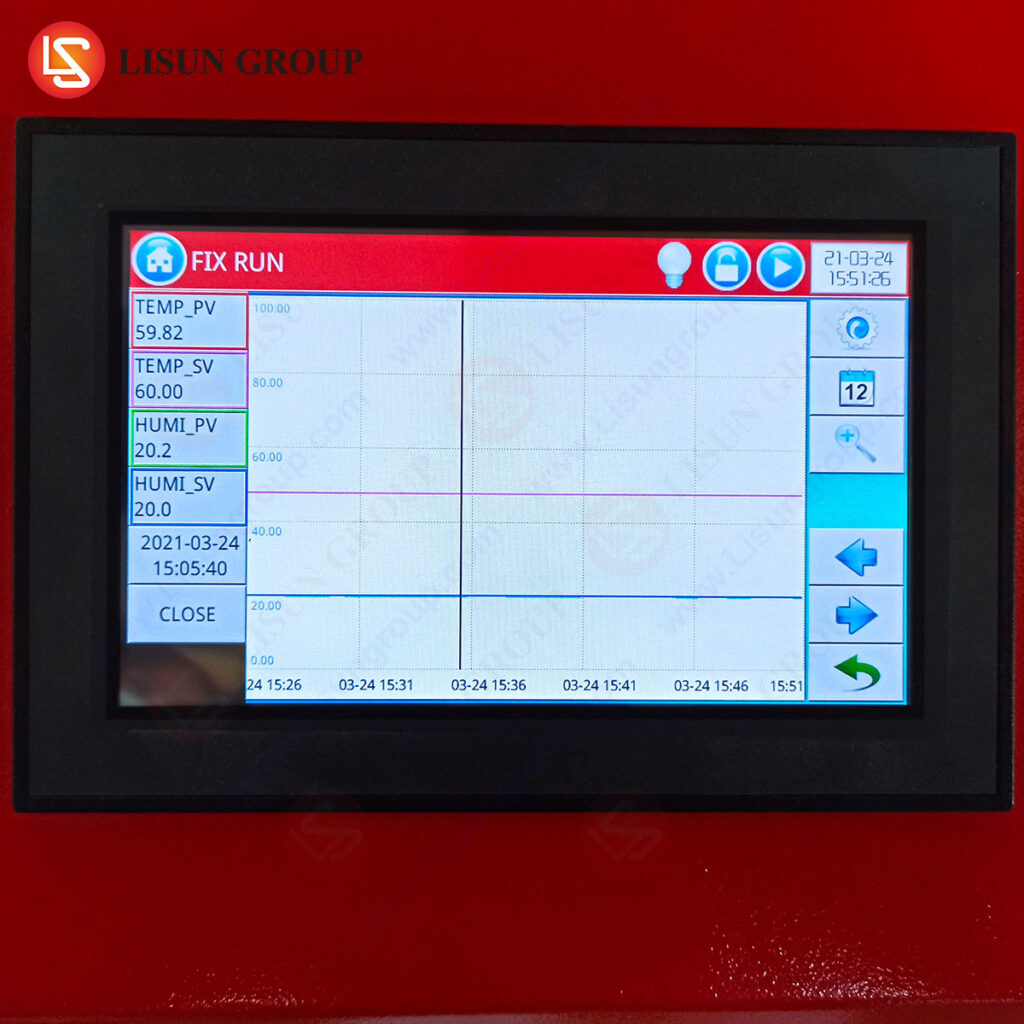Assessing the Reliability of LEDs in Varying Environmental Conditions
Introduction
Light-emitting diodes (LEDs) are becoming increasingly popular in a variety of applications, from mobile and automotive electronics to LED drivers. LEDs are known for their energy efficiency, long life, and low maintenance requirements. However, their reliability in varying environmental conditions is an important factor to consider when selecting LEDs for a particular application. This article will discuss the factors that affect the reliability of LEDs in different environmental conditions and how to assess the reliability of LEDs in these conditions.
Factors Affecting LED Reliability
The reliability of LEDs in varying environmental conditions is affected by several factors. These include temperature, humidity, vibration, and dust. Temperature is an important factor to consider when assessing LED reliability, as LEDs are sensitive to extreme temperatures. High temperatures can cause LEDs to overheat and fail, while low temperatures can cause them to become brittle and crack. Humidity can also affect LED reliability, as moisture can corrode the contacts and cause the LED to fail. Vibration can cause the LED to become loose and fail, while dust can cause the LED to become clogged and fail.
Assessing LED Reliability
When assessing the reliability of LEDs in varying environmental conditions, it is important to consider the factors mentioned above. Temperature, humidity, vibration, and dust should all be taken into account when assessing LED reliability. Temperature should be monitored to ensure that the LED is not exposed to extreme temperatures. Humidity should be monitored to ensure that the LED is not exposed to excessive moisture. Vibration should be monitored to ensure that the LED is not exposed to excessive vibration. Finally, dust should be monitored to ensure that the LED is not exposed to excessive dust.
Testing LED Reliability
Once the factors affecting LED reliability have been taken into account, it is important to test the LED to ensure that it is reliable in varying environmental conditions. Testing can be done in a variety of ways, including accelerated life testing, environmental testing, and reliability testing. Accelerated life testing involves subjecting the LED to extreme temperatures, humidity, vibration, and dust to determine its reliability in these conditions. Environmental testing involves subjecting the LED to a variety of environmental conditions to determine its reliability in these conditions. Reliability testing involves subjecting the LED to a variety of conditions to determine its reliability over time.
Conclusion
LEDs are becoming increasingly popular in a variety of applications, from mobile and automotive electronics to LED drivers. However, their reliability in varying environmental conditions is an important factor to consider when selecting LEDs for a particular application. This article has discussed the factors that affect the reliability of LEDs in different environmental conditions and how to assess the reliability of LEDs in these conditions. Testing is an important part of assessing LED reliability, and it is important to consider temperature, humidity, vibration, and dust when testing LEDs.
FAQs
Q: What factors affect the reliability of LEDs in varying environmental conditions?
A: Temperature, humidity, vibration, and dust all affect the reliability of LEDs in varying environmental conditions.
Q: How can I assess the reliability of LEDs in varying environmental conditions?
A: You can assess the reliability of LEDs in varying environmental conditions by monitoring temperature, humidity, vibration, and dust, and by testing the LED in a variety of conditions.
Q: What types of testing can be done to assess LED reliability?
A: Testing can be done in a variety of ways, including accelerated life testing, environmental testing, and reliability testing.







